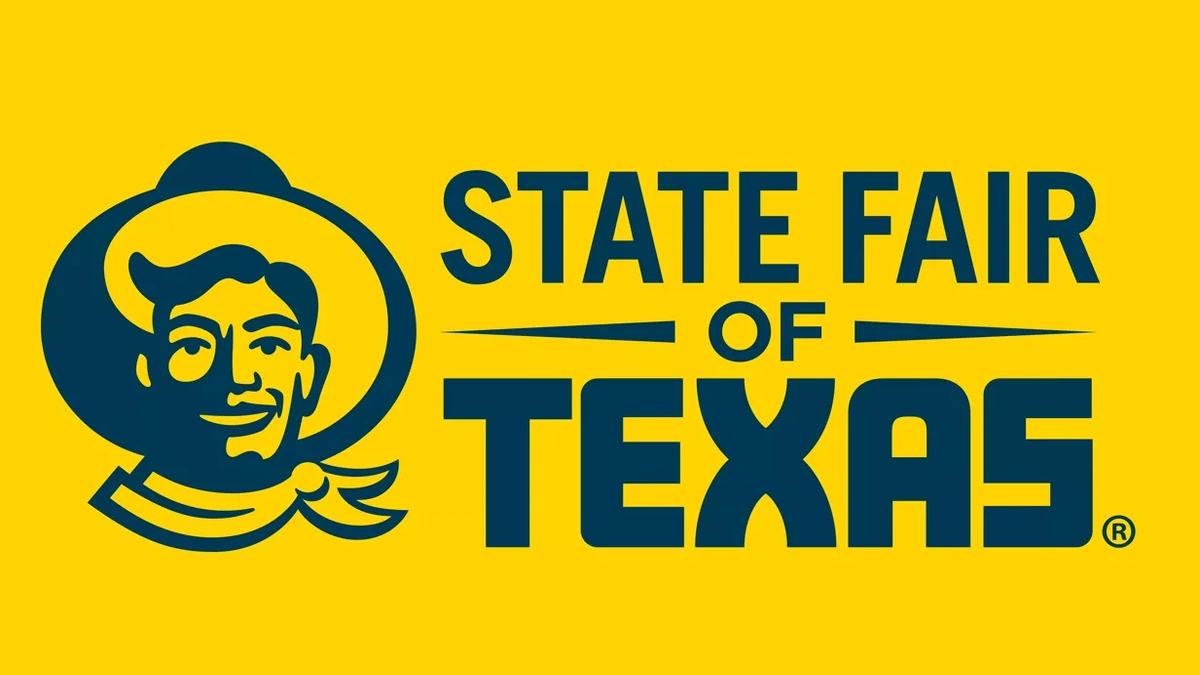The State Fair of Texas. Just the name conjures up images of corny dogs, Ferris wheels, and prize-winning livestock. But it’s more than just a fun day out – it’s a cultural institution, a reflection of Texas values, and, let’s be honest, a celebration of deep-fried everything. I initially thought, okay, it’s a fair. Big deal. But then I started digging, and realized just how deeply ingrained this annual event is in the Texas identity. This isn’t just about the rides; it’s about community, tradition, and the sheer audacity of frying butter. So, let’s dive into why this particular state fair holds such a special place in the hearts (and stomachs) of Texans.
A Fried History | More Than Just a Fairground

The fair’s roots stretch back to 1886, originally conceived as a way to showcase Texas agriculture and industry. It wasn’t just about showing off the biggest pumpkin; it was a platform for innovation and progress. But, like all things, it evolved. It absorbed popular entertainment to keep up with trends, and slowly, the fried food element started creeping in. What fascinates me is the way the fair became a microcosm of Texas itself – a blend of rural tradition and modern innovation, all seasoned with a healthy dose of Southern hospitality (and, of course, a deep fryer).
The Big Tex Factor | More Than Just a Cowboy Statue
Ah, Big Tex. The 55-foot-tall cowboy statue is arguably the most recognizable symbol of the State Fair of Texas. He’s not just a landmark; he’s a cultural icon. Think of him as the friendly giant who welcomes everyone to the party. But here’s the thing – Big Tex hasn’t always been around. He was originally a Santa Claus in Kerens, Texas! The fair bought him in 1952, dressed him up as a cowboy, and voila, a legend was born. He even survived a fire in 2012, only to be rebuilt bigger and better than ever. It just goes to show the kind of resilience and spirit that Texans seem to embody. It also underscores the importance of the fair as a communal gathering place, bringing together different groups across socioeconomic and cultural backgrounds to find common ground.
The Corny Dog Conundrum | Why This Specific Food Reigns Supreme
Let’s be honest, the corny dog is practically synonymous with the State Fair of Texas. You can find deep-fried Oreos and bacon-wrapped pickles galore (and trust me, you will), but the corny dog remains the undisputed champion. Why? Well, it’s portable, it’s cheap(ish), and it’s undeniably delicious. But there’s more to it than that. It’s tradition. It’s the taste of nostalgia. It’s that first bite of greasy goodness that kicks off your fair experience. But the corny dog wars are real – Fletcher’s and CornDog with No Name battle it out annually. What I initially thought was just a simple fair food is actually a key battleground in the culture war that is the fair. Texas Monthly has a wonderful deep dive on the history if you’re curious about its origins!
Beyond the Food | Agriculture, Art, and Education
While the deep-fried delicacies get all the headlines, let’s not forget the fair’s original mission: to showcase Texas agriculture. From livestock competitions to craft exhibits, the fair provides a platform for farmers, artisans, and students to display their talents and hard work. Plus, there are educational exhibits and interactive displays that teach visitors about everything from farming techniques to environmental conservation. It’s easy to get distracted by the bright lights and sugary treats, but there’s a lot of substance beneath the surface. And the auto show is a big draw, too! It’s where automakers can court Texan truck and SUV buyers.
Making Memories | The Fair’s Lasting Impact
The State Fair of Texas is more than just a fair; it’s an experience. It’s a place where memories are made, traditions are passed down, and deep-fried food is consumed without a second thought. It’s not just about the flashing lights or the dizzying rides; it’s about the shared laughter, the unexpected encounters, and the feeling of belonging to something bigger than yourself. And that, my friends, is why the State Fair of Texas continues to thrive, year after year. And the fair has adapted over the years, incorporating new types of entertainment like drone shows to keep the appeal fresh. It also plays a vital role in the local economy. The fact is, the fair is a huge boon for the city of Dallas. It generates revenue for local businesses, creates jobs, and attracts tourists from all over the country. It’s a win-win for everyone involved.
FAQ | Your State Fair of Texas Questions Answered
What are the dates for the State Fair of Texas this year?
The State Fair of Texas typically runs from late September through mid-October. Check the official website for the exact dates for the current year.
How much does it cost to get into the fair?
Ticket prices vary depending on the day and any special promotions. Check the official website for current pricing.
What’s the best way to get to the fair?
Public transportation is often the easiest way to get to the fair, as parking can be limited. Consider taking the DART Rail to Fair Park Station.
What if I have dietary restrictions? Are there gluten-free or vegetarian options?
While the fair is known for its indulgent food, you can find some gluten-free and vegetarian options. Look for vendors offering grilled vegetables, salads, and other healthier choices.
Can I bring my own food and drinks into the fair?
Outside food and drinks are generally not allowed, with some exceptions for medical needs. Check the fair’s official website for specific policies.
What’s the best time to go to avoid crowds?
Weekdays are generally less crowded than weekends. Arriving early in the day can also help you beat the crowds.




